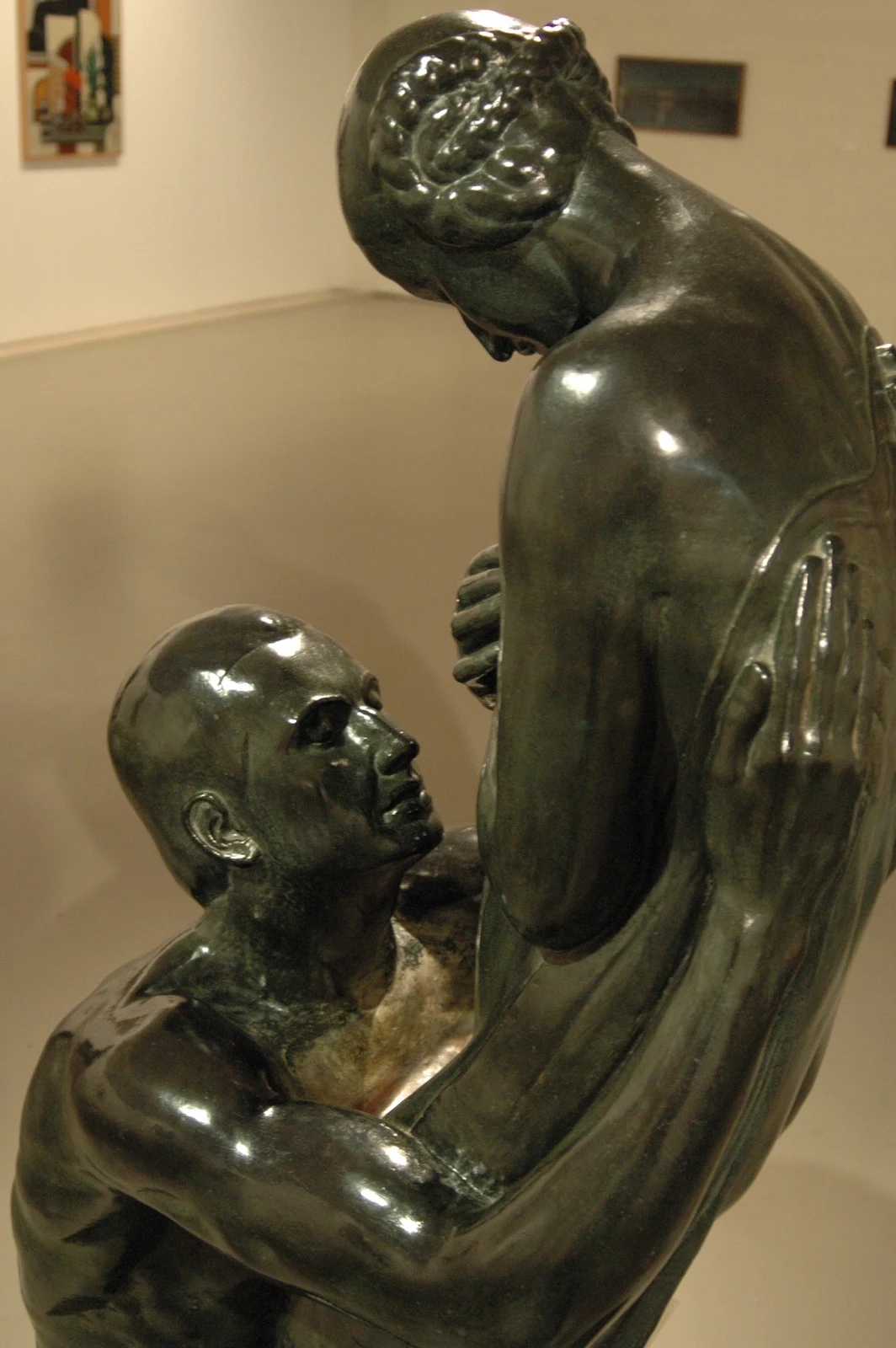Max Theodore Streckenbach (1863-1936) was born in Eckernförde, Germany on May 18, 1863 to Udo Streckenbach and Marie Wiebke. Streckenbach was the son of a pharmacist and, as such, was sent to study medicine after finishing high school at Schleswig Catholic School (1876-1885).
He studied medicine in Munich, Berlin, Rostock, Kiel and Bern, Switzerland before returning to his home town of Eckernförde.
His fondness for botany led him to take lessons from his role model, the French painter Fantin-Latour.



























